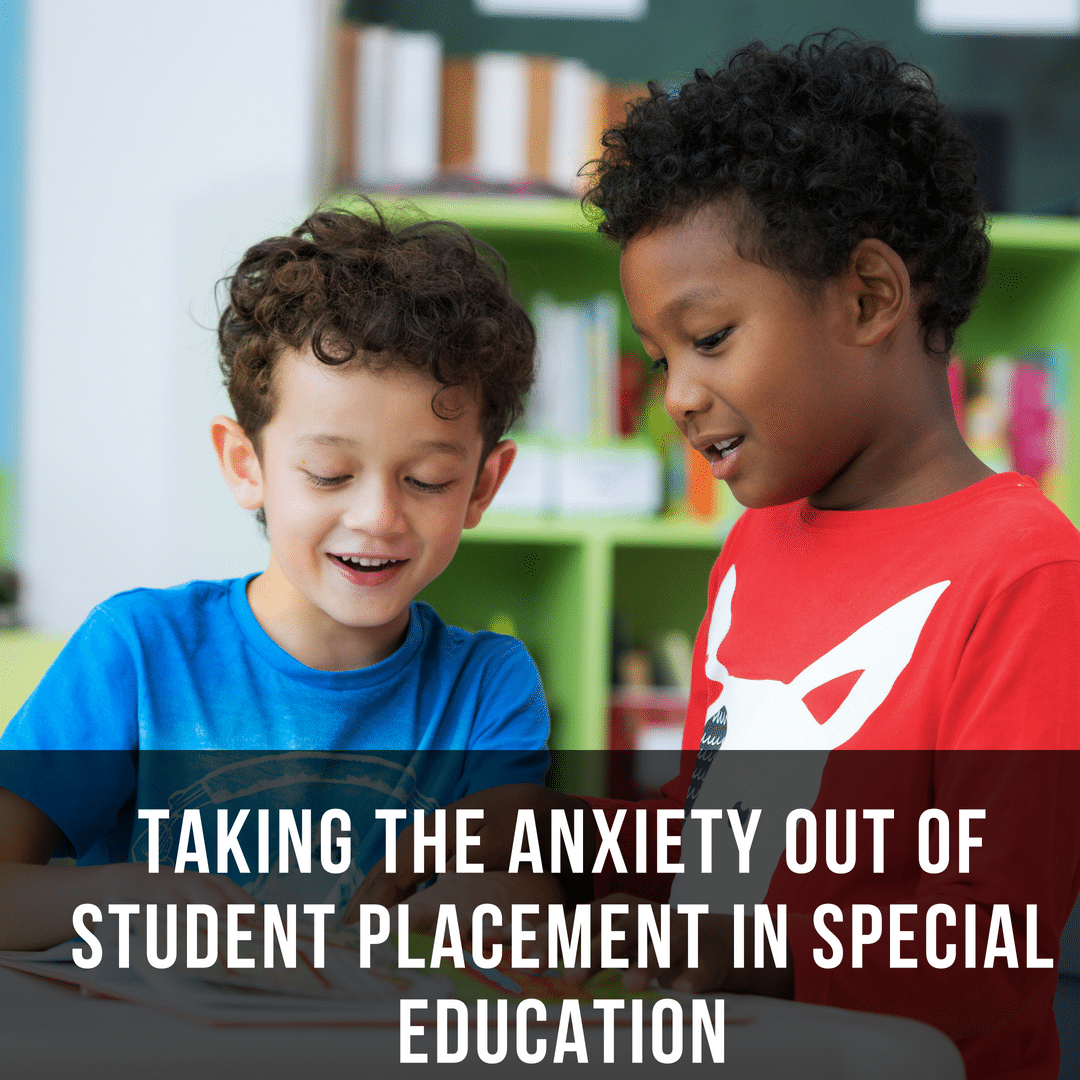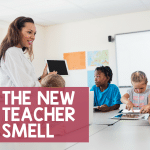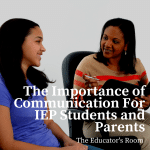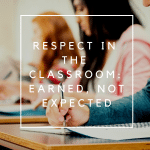If you are like me you get very invested in your students in special education. So invested that it is difficult to release them to the next special education teacher. I teach kindergarten through third grade mild/moderate special education in a resource room, so some of my kids loop up with me the next year or for multiple years. But what happens when my third graders move on to another teacher for fourth grade?
One of the aspects I absolutely love about special education is seeing so much progress throughout the year. Since my class size is limited I actually feel pretty accomplished by the time May rolls around. I look forward to continuing that growth throughout the next school year.
In order to prepare my older kids to move on, I plan trips to the fourth-grade special education room to meet the teacher and spend some time letting the kids see how she runs her class and allow them to get to know her better. This usually helps with the anxiety and fear of the unknown that my kids have. It also helps the teacher to get an idea of what will be coming into the classroom.
But what about me? What about the anxiety I feel letting go of my kids? I have a lot of kids with behaviors and triggers and just basically self-esteem challenges. For the years, I have had them I have been able to identify those challenges and curb them before they get out of hand. Being able to do that has improved communication with my students and has helped them self-regulate better, but my kids know me. They know that I know how to work with them through any issues that may arise. They understand that we have been a team with forgiveness and correction. Now they are headed to a stranger’s classroom. I know the fourth-grade special education teacher is absolutely wonderful! I KNOW they will be just fine. But I still want that relationship to be there before the first day of school so that the transition is fairly smooth.
In order to help me with this transition, I have created a form that I fill out for the fourth-grade special education teacher and the fourth-grade regular education teachers. This form lists all pertinent information about the student, but I have also included three additional pieces of information: the child’s placement diagnosis, a general description of behavior and/or academic challenges and a brief description of any triggers and what works to help the student and TEACHER. In addition, I also send this information to the classroom teachers of the students I still have. It benefits them as well, even though they know the younger kids better than the teachers in the older kids’ hall.
The placement diagnosis (IEP at a glance) helps teachers know why the child is on an IEP. You would be surprised how many teachers know that the student is on an IEP, but they do not know why. It never ceases to amaze me how something this relevant is not revealed to the teachers who are involved in the lives of IEP students. Remember, though, this information is confidential, so I have my teachers sign off that they have received it and that they realize it is a confidential document.
The general description of behavior and/or academic challenges is what most of my teachers appreciate. This by no means lays out a self-fulfilling prophecy. This simply explains what types of struggles I have dealt with during the time I’ve had the student. I tie the description back into the placement category/diagnosis so the teachers understand where the behavior or disability is coming from. No one wants to be handed a paper that says “hits, throws chairs and screams: be sure to have a safety net in place for your other students” without the challenge being linked back to a diagnosis that is recognized by the district. Talk about a terrifying way to begin your school year with a new student, especially if you have several kids in class who are learning to manage these challenges!
And finally, I include a listing of triggers or activities that may trip the behavior or academic frustration in my students who are moving on. For example, I have one very bright student who comes to me for reading, language arts, and math, not because he needs help with these subjects, as a matter of fact, he is advanced in these subjects. But in a classroom of 28 kids, he loses it, and he realizes he struggles with this. His sensory overload causes him to become aggressive and defiant and it’s “fight or flight” at that point. Once removed from this environment he is able to remain calm and complete his work. It is important that his teachers know about this and it’s also important that they know there is an accommodation in his IEP that allows him to bring work to a resource classroom at the discretion of the teacher. If his teachers know to look out for him becoming overwhelmed, they can stop his behavior before it starts by sending him to the resource room with his work and trust me, this creates a positive learning environment for everyone involved, especially the student.
Filling out these forms does not take me very long. I spend maybe thirty minutes on each student and the teachers know that if they have any questions they can ask me. I have found that providing this information to teachers ahead of time has made a huge difference in the lives of my kids and has helped make the teachers’ job easier in the long run. It also helps me to know that my kiddos are being passed into the hands of informed teachers who will take care of them just like I would.
What are some strategies you use to help support your students in special education?






